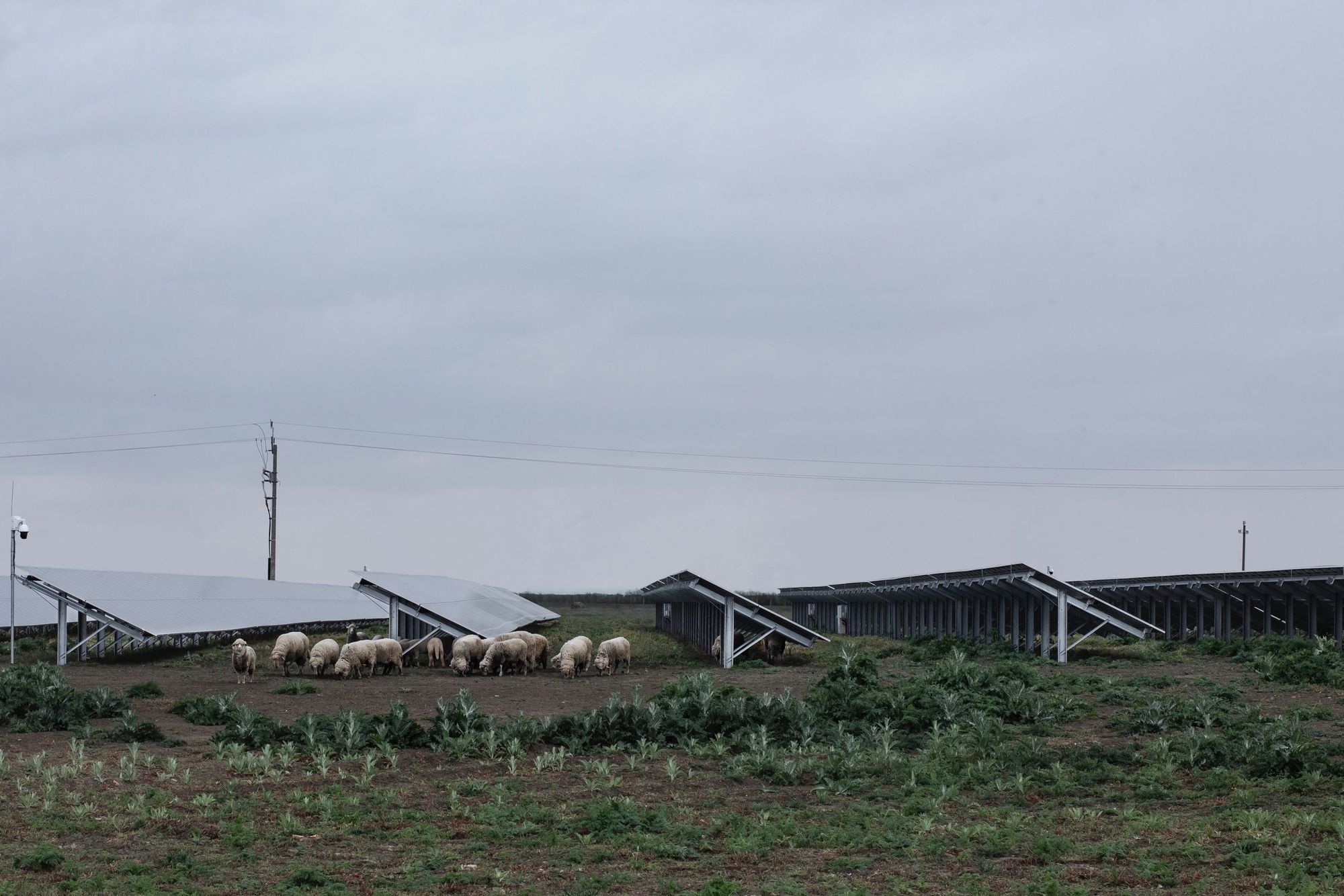Who and how do people live in areas far from the cities? Photographers Marcell Piti and Dániel Halász focused their eyes and cameras on landscapes far from the centers and out of focus: they documented the locales, people, and objects of the edgelands. Now we can take a look at the world of the Hungarian edgelands from the middle of the Budapest hubbub.
At the Pest bridgehead of the Elisabeth Bridge, a bus passes by every minute, traffic is buzzing on the six-lane Szabad sajtó Way, groups of tourists and Budapest residents come and go on the sidewalk, and the area is dotted with dozens of cafés, bars, restaurants, and shops. This is what the center of a European city looks like. If we descend into the exhibition space of the MyMuseum Gallery in Három Holló Café, the traffic and the rush stop at once, and silence prevails. Here, the bus stands in the middle of the flowery field, with sheep roaming the pasture, and one can even sleep in the shade of a woodpile.

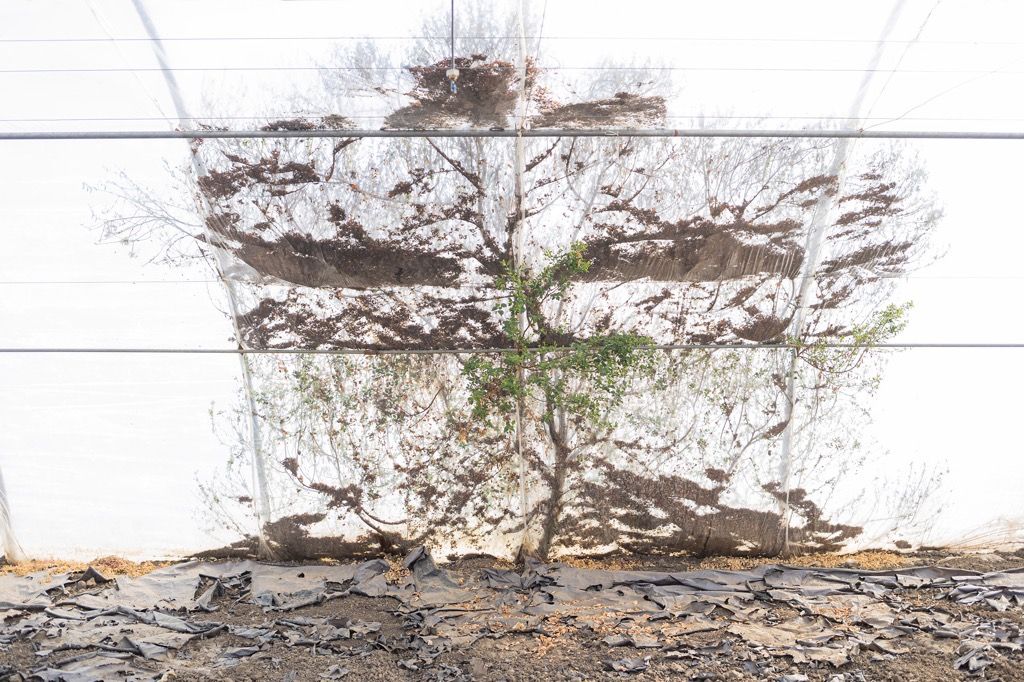
MyMuseum Gallery’s Edgeland exhibition presents a series by two contemporary Hungarian photographers, Dániel Halász and Marcell Piti. Both of them photographed rural settlements and lowland farms where the small population lives partly or completely derives its living from agricultural work. The pictures show the coexistence of man and animal, the combination of nature and modern technology, and the spaces and tools of work and everyday life. The images of the two photographers were placed next to each other in the same form, so it is impossible to tell who took which picture (unless we take a look at the floor plan of the exhibition.) This curatorial decision also emphasizes the creators’ common choice of topic and approach.
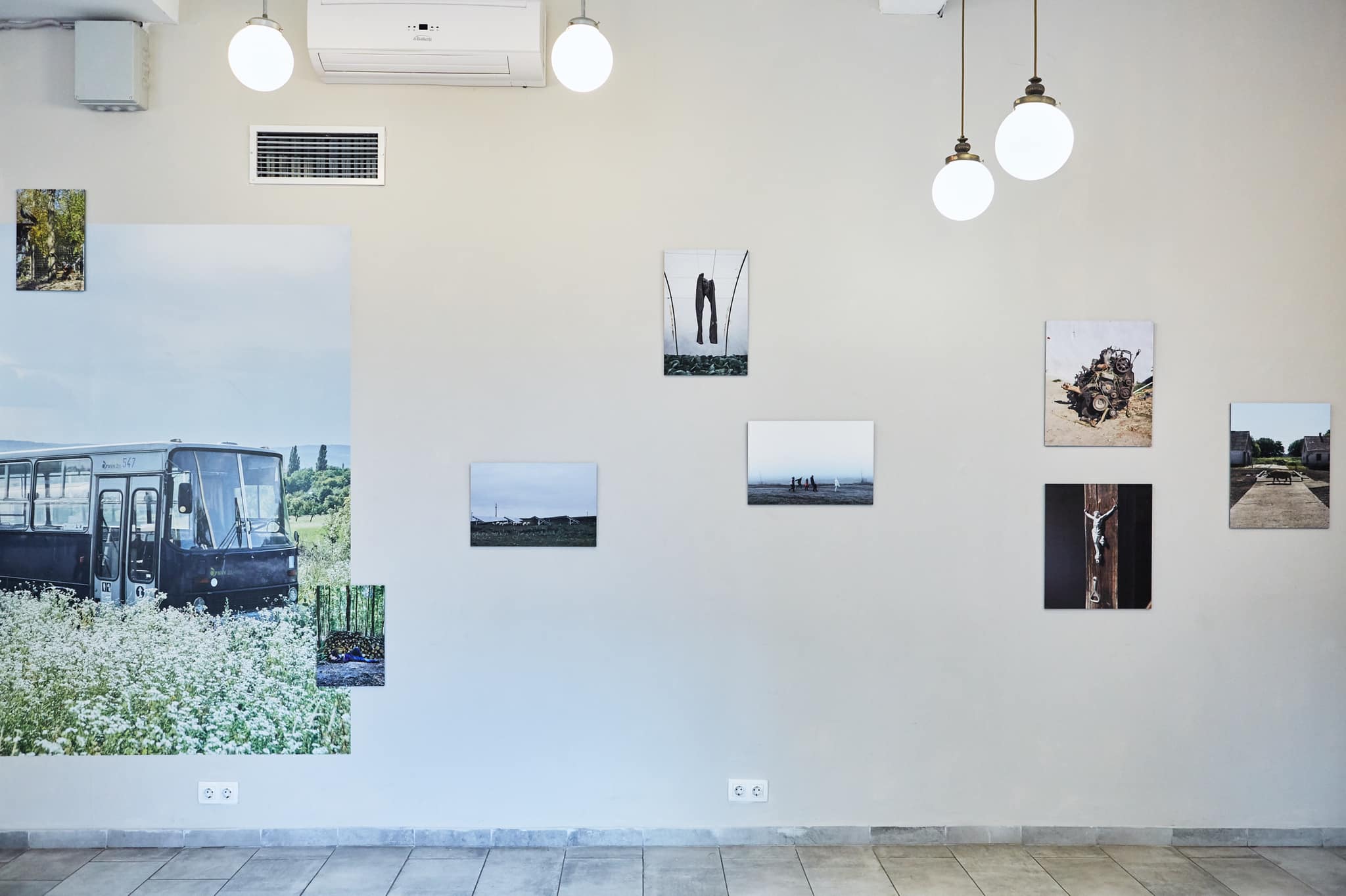
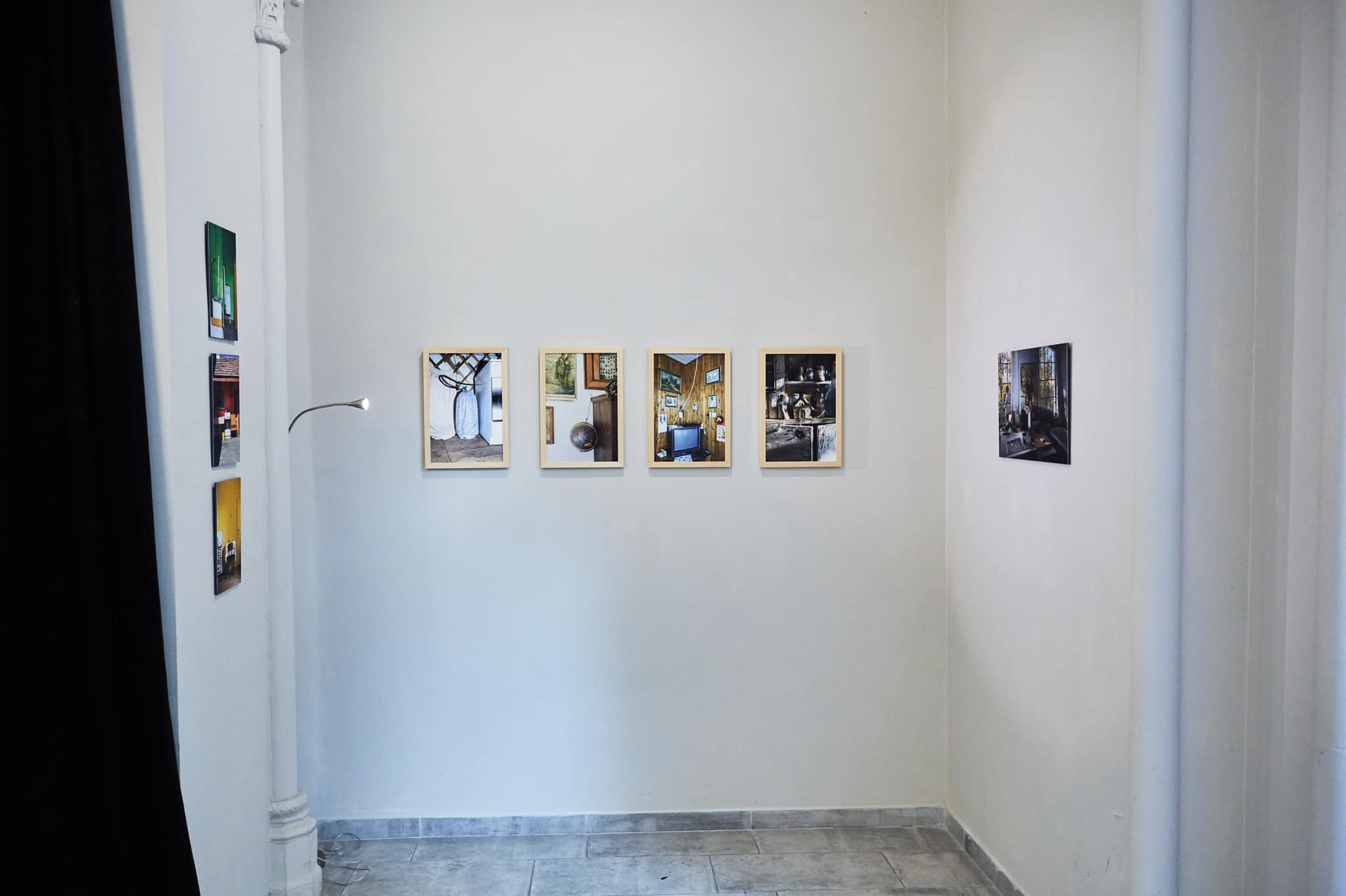
In addition to the similarities, there is also an important difference between the two series. While Dániel Halász visited the smallest settlements in Hungary for his work You Were Never Really Here, with less than a hundred inhabitants and where people have lived in the same place for generations, the series entitled Their Own Masters by Marcell Piti presents people who moved from the city to the countryside or farms as a result of a conscious decision. This probably creates a fundamentally different attitude in relation to land, animals, production, and rural life, and—although common phenomena occur here as well—this is reflected in the material culture, the environment, or even the leisure time.
Today, more than half the population of the world lives in cities. The current global trend shows that this number will continue to increase, with 75% of the inhabitants expected to live in cities by 2050. If we consider this, we can see that Dániel Halász captured a disappearing world, and Marcell Piti took photos of people in defiance of the majority. In the middle of current challenges, which also significantly affect the urban lifestyle, it is worth paying attention to and looking out to this land, which may be on the periphery, but it is just as valuable as the center.
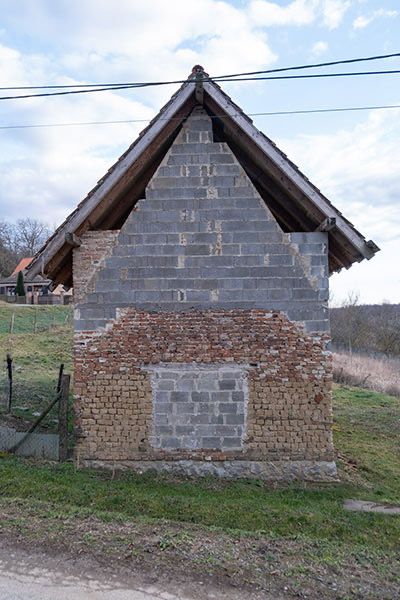
The exhibition is on view between 24 September 2022 and 27 October 2022
MyMuseum Gallery, Három Holló Café, middle floor (1 Piarista Alley, 1052 Budapest)
Curator: Tünde Török
Cover photo: Their Own Masters by Marcell Piti, 2021, digital print, courtesy of the MyMuseum Gallery









